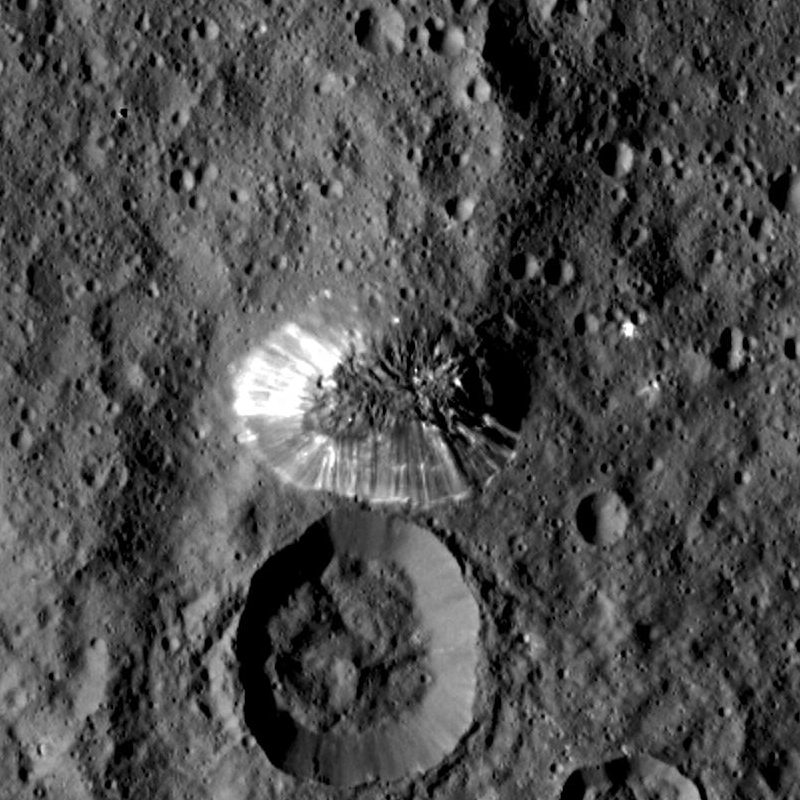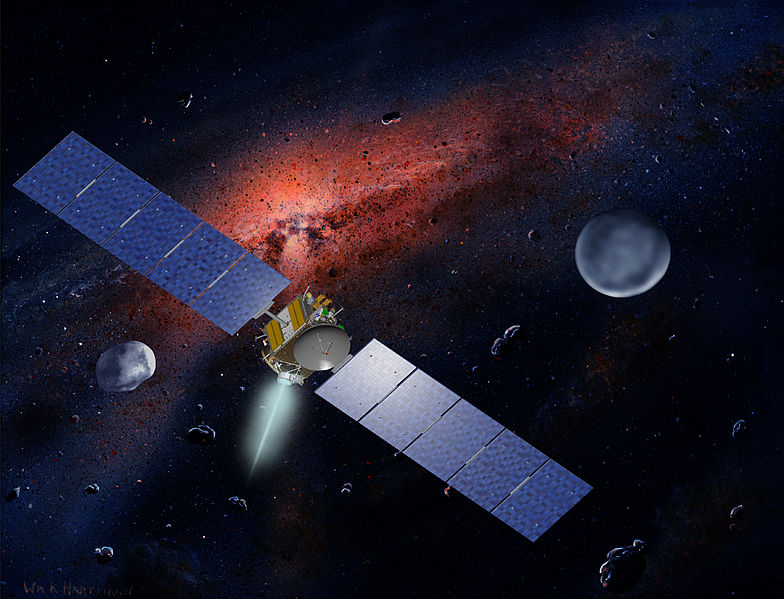Podcast: Play in new window

BOB HIRSHON (host):
Small planets in the limelight. I’m Bob Hirshon and this is Science Update.
This week, we’re counting down to the new year with the top science stories of 2015, according to the editors of Science magazine. Today: Dwarf planets. Larger planets like Mars tend to monopolize the media’s attention. But this year, NASA’s missions to tiny Pluto, in the Kuiper belt, and Ceres, in the asteroid belt, re-focused the spotlight onto smaller members of our solar system. Henry Throop is a senior scientist with the Planetary Science Institute.
HENRY THROOP (Planetary Science Institute):
I think the real exciting thing here is that, even on these small bodies, they’re still active, you know, they’re not cold and dead; they’re dynamic and changing and interesting.
HIRSHON:
For instance, scientists documented bright spots on Ceres, indicating either icy volcanoes or gases escaping from below. And on Pluto: evidence of a young surface constantly re-shaped by flowing nitrogen ice. I’m Bob Hirshon, for AAAS, the science society.

